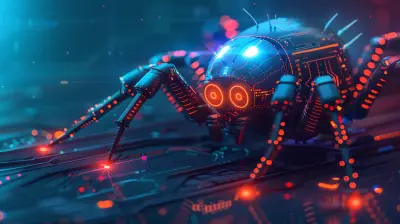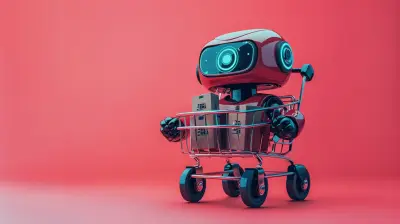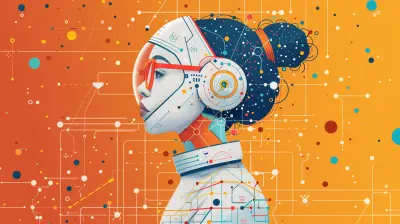How Bioelectronics is Merging Biology with Technology
14 June 2025
Technology is evolving at an insane pace, and one of the most fascinating fields emerging today is bioelectronics. It's where biology and electronics shake hands and work together, creating innovations that once seemed like science fiction. From medical implants to brain-computer interfaces, bioelectronics is revolutionizing healthcare, computing, and even the way we interact with the world.
But what exactly is bioelectronics? How does it work? And why should you care? Let’s break it all down. 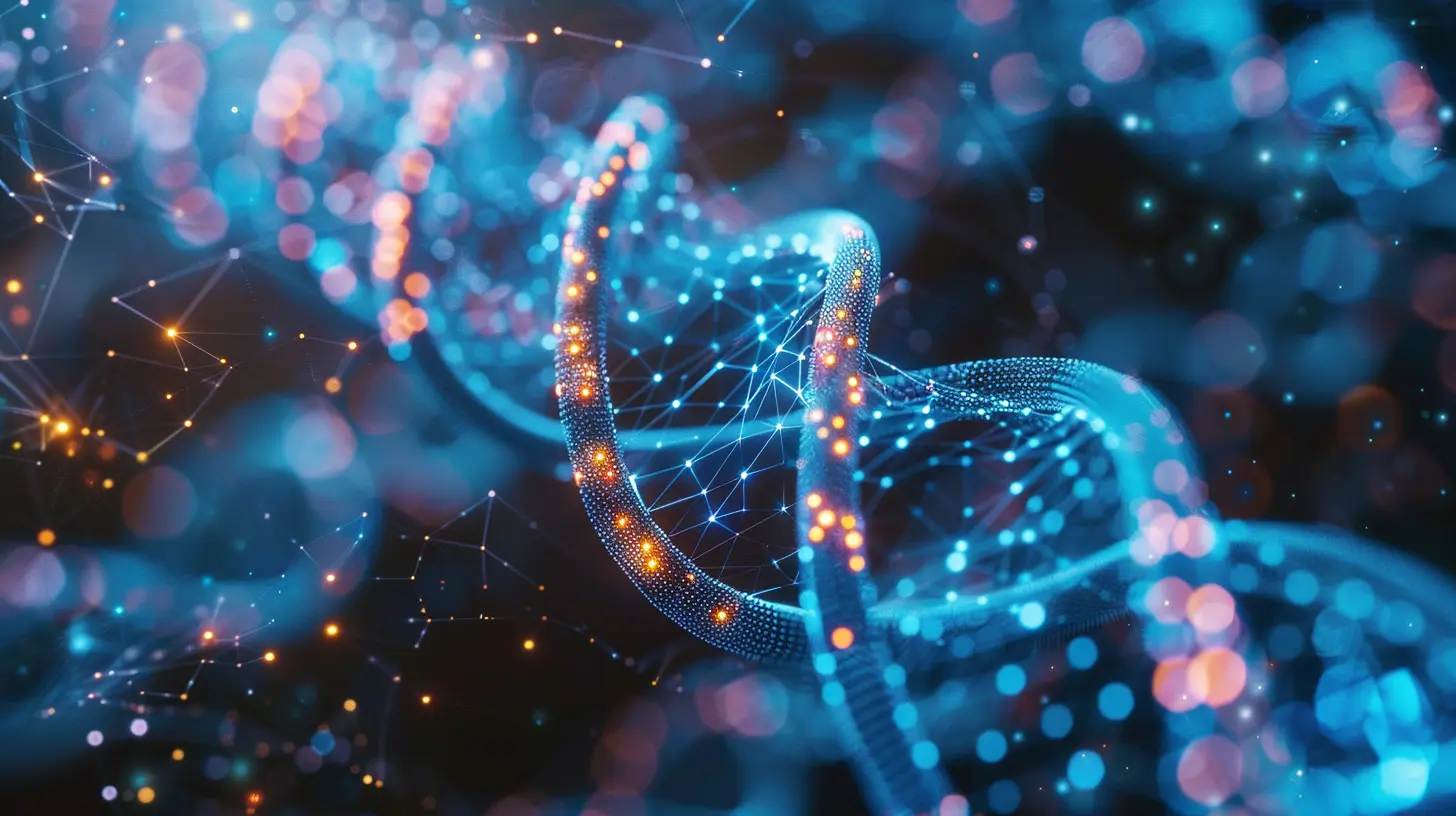
What is Bioelectronics?
At its core, bioelectronics is the fusion of biological systems with electronic devices. It’s a field that blends aspects of biomedical engineering, nanotechnology, and electronics to create solutions that interact with the human body at a molecular level.Imagine tiny circuits embedded in living tissue, electronic skin that senses its surroundings, or even implants that restore lost functions. Sounds futuristic, right? But it's happening right now.
The Science Behind Bioelectronics
To understand how bioelectronics works, think of your body as an electrical system. Nerve impulses, heartbeats, and even brain activity are driven by electrical signals. Bioelectronic devices tap into these signals, decode them, and respond accordingly.Some key components of bioelectronics include:
- Biosensors – Devices that detect biological changes, such as glucose monitors for diabetics.
- Neural Interfaces – Implants that communicate with the nervous system, like brain-computer interfaces.
- Wearable Electronics – Smart patches or electronic tattoos that monitor health metrics.
- Bioelectronic Medicine – Small devices that stimulate nerves to treat diseases like epilepsy or arthritis.
By bridging the gap between biology and technology, bioelectronics is opening doors to medical advancements, human augmentation, and even new ways of interacting with machines. 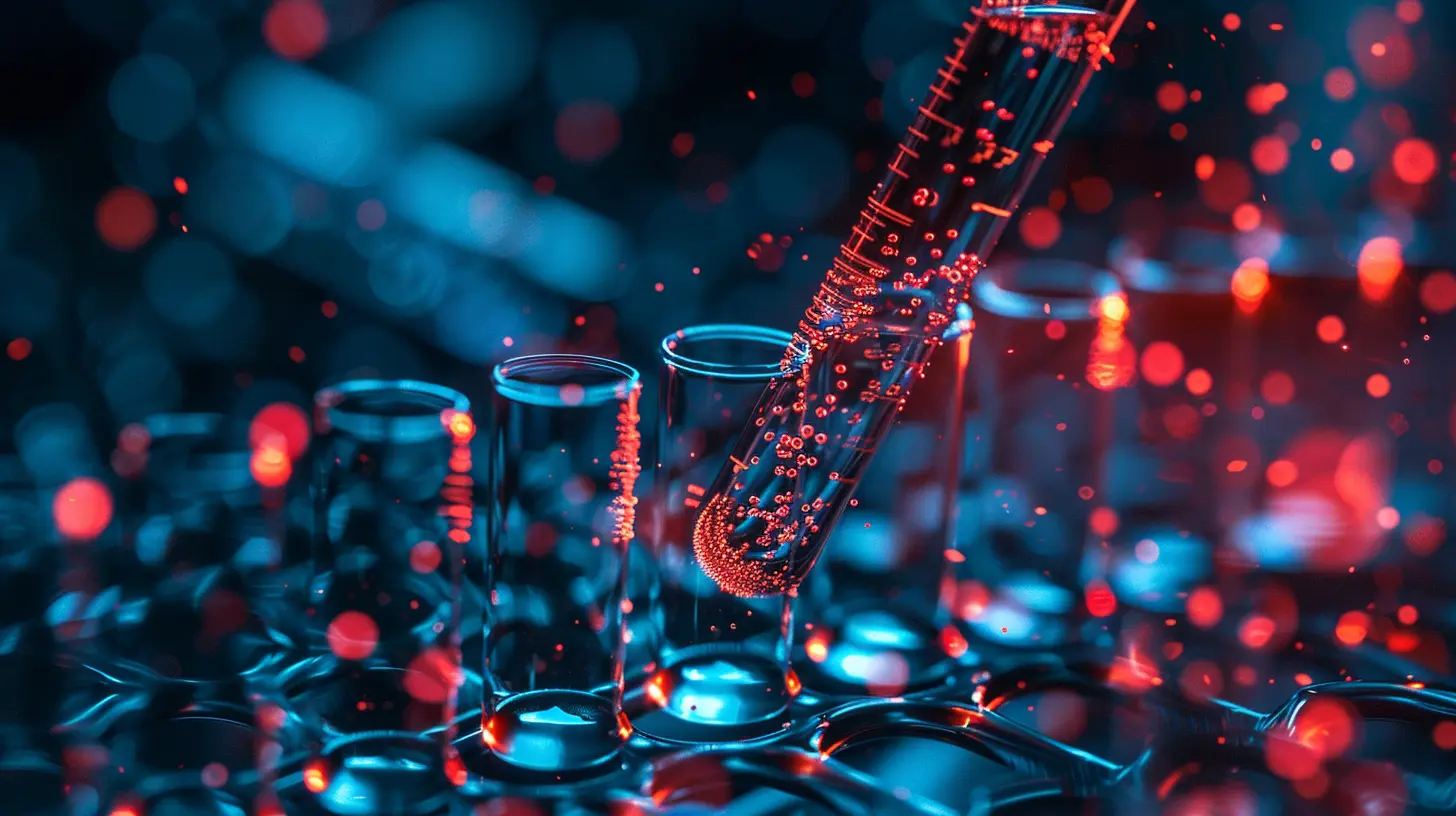
Real-World Applications of Bioelectronics
This is where things get really exciting. Bioelectronics isn’t just a concept; it’s transforming various industries. Let’s break down some of its most promising applications.1. Medical Implants and Prosthetics
One of the most impactful uses of bioelectronics is in healthcare. Devices like pacemakers, cochlear implants, and even bionic limbs rely on bioelectronics to function.- Pacemakers help regulate heart rhythms by delivering electrical impulses.
- Cochlear implants restore hearing by bypassing damaged ear cells and stimulating the auditory nerve.
- Bionic limbs, like prosthetic arms controlled by nerve signals, are giving amputees more mobility than ever before.
These innovations aren't just improving lives—they're completely redefining what it means to live with a disability.
2. Brain-Computer Interfaces (BCIs)
Ever wished you could control a computer with your mind? Brain-computer interfaces (BCIs) make that possible.Companies like Neuralink (founded by Elon Musk) are developing brain implants that allow humans to communicate directly with machines. This could help paralyzed individuals regain mobility or even enable thought-controlled computers in everyday life.
Imagine typing an email just by thinking about it. That’s where we’re headed.
3. Bioelectronic Medicine
Forget popping pills—what if your body could heal itself using electrical signals? That’s the goal of bioelectronic medicine.Researchers are developing tiny nerve-stimulating devices that treat chronic conditions by modulating the body’s electrical signals. For example:
- Vagus nerve stimulators are being used to treat epilepsy and depression.
- Bioelectronic patches are being developed to reduce inflammation without drugs.
This could lead to a future where diseases are treated with targeted electrical impulses instead of pharmaceuticals, reducing side effects and improving overall effectiveness.
4. Wearable and Implantable Health Monitors
Smartwatches already track heart rate and oxygen levels, but bioelectronics is taking it to the next level.- Electronic tattoos—thin, flexible sensors that stick to your skin—can continuously monitor vital signs without bulky devices.
- Biochip implants can detect diseases early by analyzing biomolecular changes in real-time.
These innovations could lead to early disease detection, personalized medicine, and even real-time health adjustments based on your body’s needs.
5. Biohybrid Robots and Cyborg Technology
We’re not quite in Terminator territory, but bioelectronics is pushing us closer to integrating machines with living organisms.Scientists are developing biohybrid robots—machines fused with biological tissues. Imagine a stingray with electronic controls or a robotic limb that functions just like a real arm.
This could lead to highly advanced prosthetics, human augmentation, or even artificial organisms designed for medical purposes. 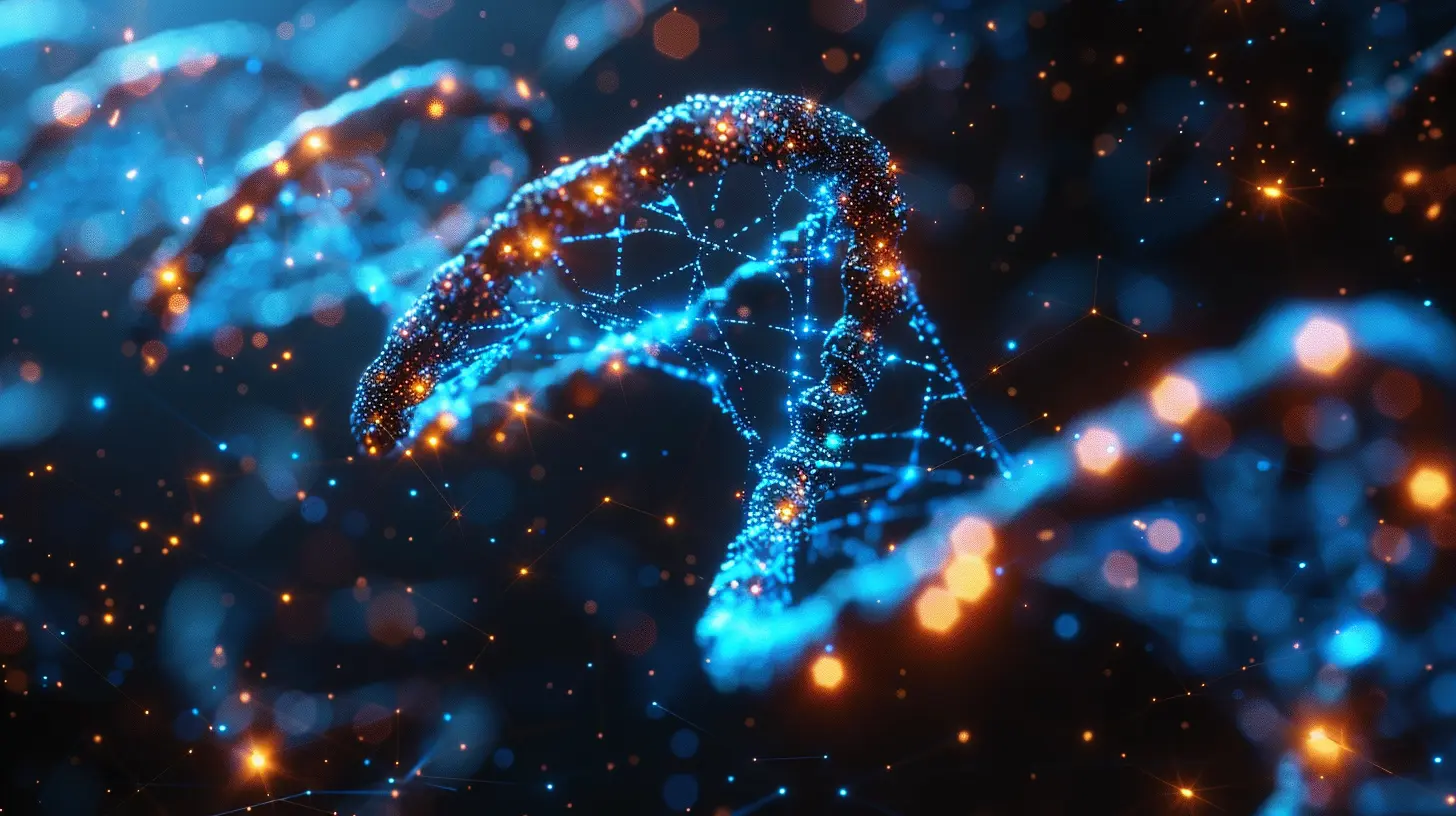
Challenges and Ethical Concerns
As exciting as bioelectronics sounds, it’s not without challenges.1. Biocompatibility Issues
The human body isn’t always friendly to foreign objects. Implants and bioelectronic devices need to be biocompatible to avoid immune rejection or long-term health risks.2. Energy Supply
Most bioelectronic devices need a reliable power source. Researchers are exploring options like wireless power transfer and bio-batteries that generate energy from the human body.3. Data Privacy and Security
Imagine someone hacking into your brain implant. Sounds terrifying, right? With neural interfaces and bioelectronic medicine, securing personal data is a massive challenge.4. Ethical Concerns
Where do we draw the line between medical technology and human enhancement? If bioelectronics improves cognitive abilities or physical strength, will it create a divide between those who can afford it and those who can’t?These questions need to be addressed as bioelectronics continues to evolve. 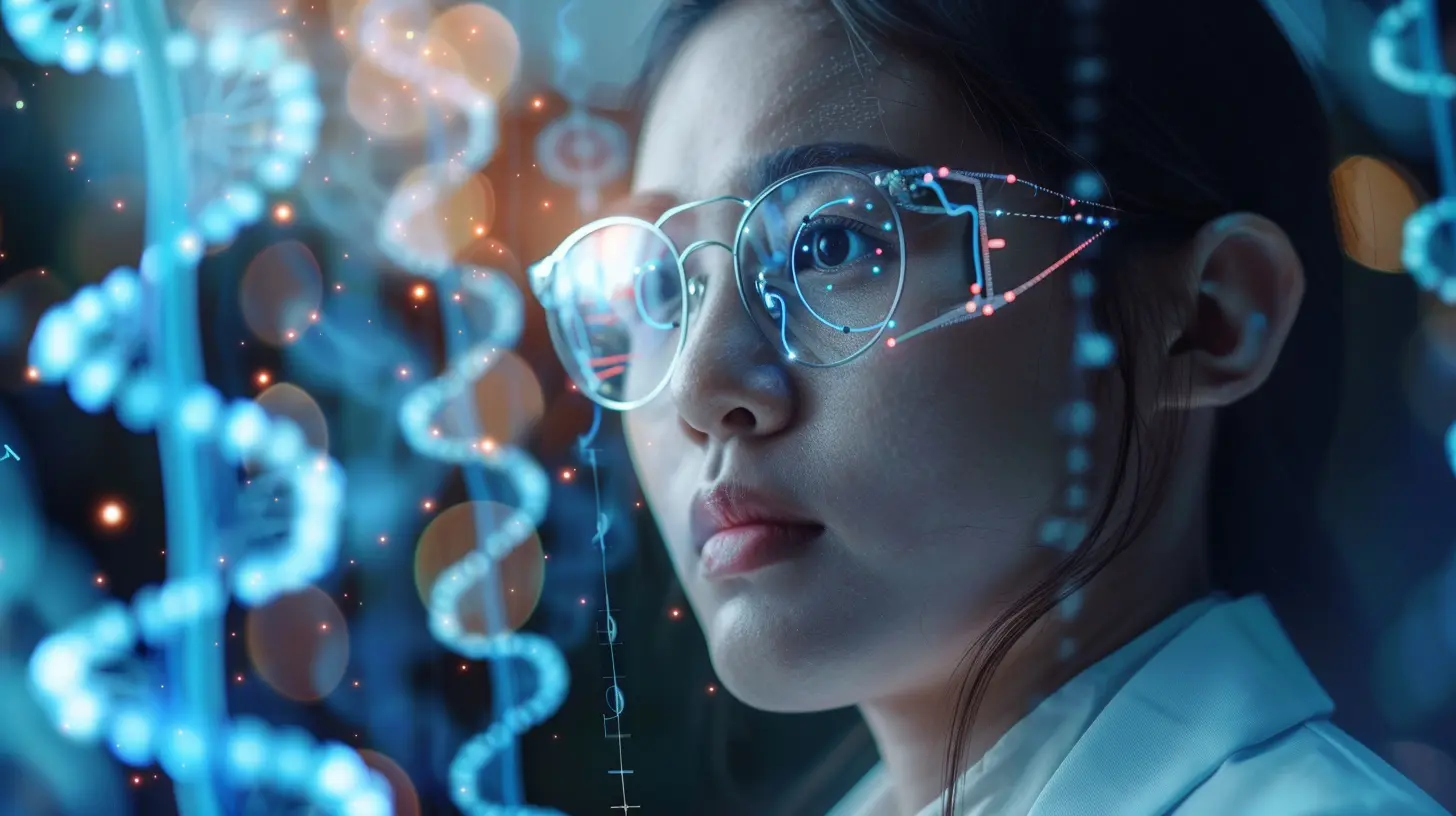
The Future of Bioelectronics
So, what’s next for this game-changing field?1. Smarter Neural Interfaces – Improved brain-machine connections could help paralyzed individuals walk again or even bring us closer to merging human cognition with AI.
2. Bioelectronic Drug Delivery – Instead of swallowing pills, implanted devices could release medication exactly when and where it’s needed.
3. Self-Healing Implants – Future bioelectronic devices may be able to repair themselves inside the body, reducing the need for replacement surgeries.
4. AI-Powered Biosensors – Imagine AI-driven health trackers that predict diseases before symptoms even appear.
The possibilities are endless. By merging biology with technology, bioelectronics is reshaping medicine, human potential, and even our understanding of life itself.
Final Thoughts
Bioelectronics is bringing us closer to a world where human and machine work in perfect harmony. From medical breakthroughs to mind-controlled computers, the impact of this technology is undeniable.But as with any powerful innovation, it comes with responsibility. Ensuring ethical use, maintaining security, and making these advancements accessible to all will be key to unlocking bioelectronics’ full potential.
One thing’s for sure—the future is electric, and biology is at its core.
all images in this post were generated using AI tools
Category:
Technology InnovationAuthor:

Adeline Taylor
Discussion
rate this article
2 comments
Audra Jackson
Exciting times ahead! Innovation is bridging biology and technology beautifully!
November 6, 2025 at 4:28 AM
Josie Huffman
Bioelectronics represents a transformative intersection of biology and technology, enabling innovative solutions in health monitoring and treatment. By harnessing the power of biomaterials and electronic devices, this field promises to revolutionize patient care and enhance our understanding of biological systems.
June 21, 2025 at 4:01 AM

Adeline Taylor
Thank you for your insightful comment! I completely agree—bioelectronics is indeed poised to transform patient care and deepen our understanding of biology through innovative technological solutions.
